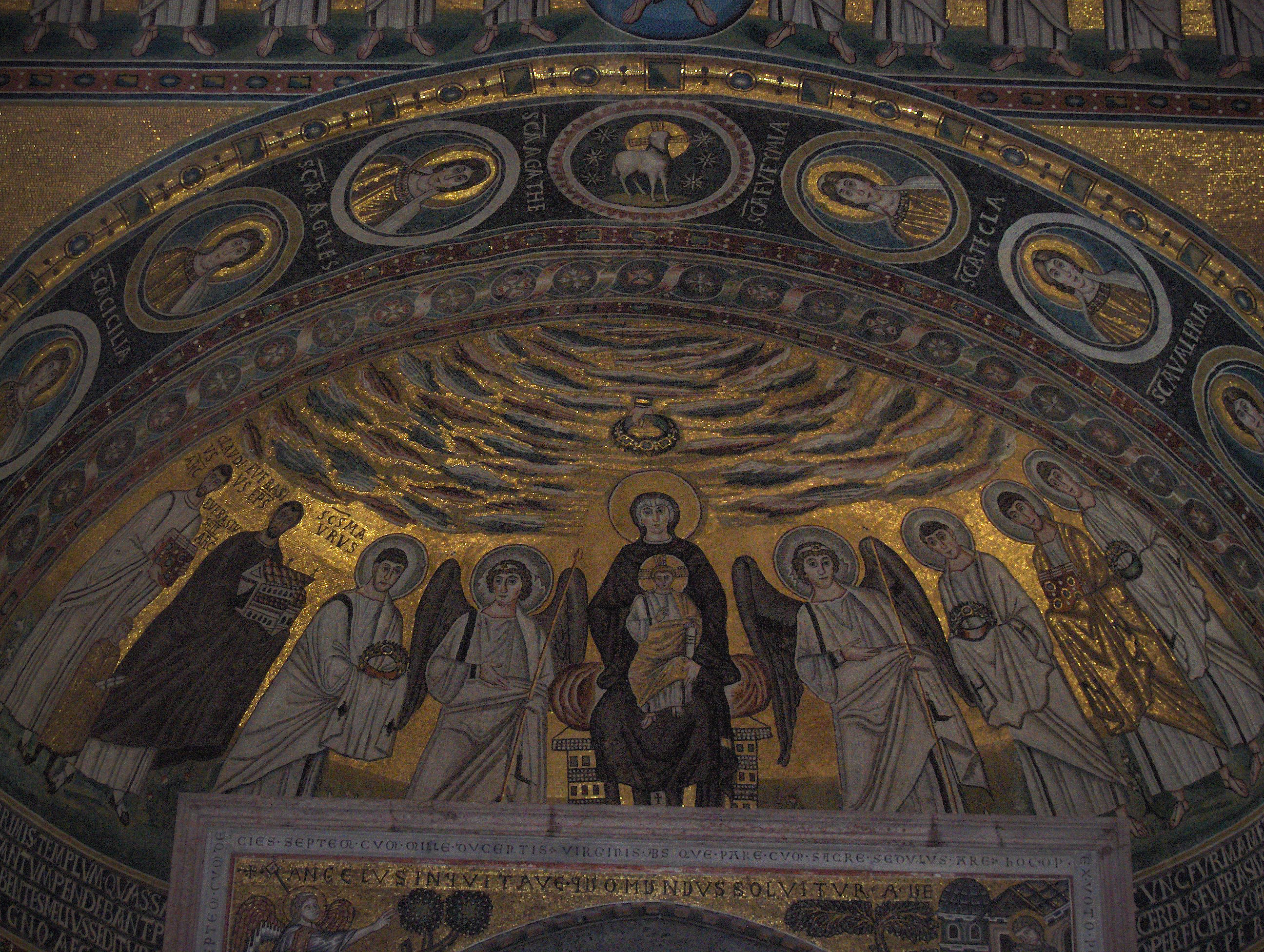Architecture in Croatia reflects the influence of the bordering nations. Austrian and Hungarian influences are visible in public space and buildings in the north and central regions. Large squares named for culture heroes, well-groomed parks, and pedestrian-only zones, are features of these orderly towns and cities. Muted colors prevail, especially tones of yellow and gold. In urban areas, houses are built right up to the street. An inner courtyard sometimes provides space for a small garden. Modern houses in cities and villages usually have two or three stories with masonry and stucco.
Along the coast, the architecture is Mediterranean. Houses are usually made of stucco and painted white, and have red tile roofs. Cities and towns still have the characteristic open markets, squares, and Catholic churches, but are less likely to be laid out in a neat grid. Generally speaking, continental architecture is of baroque architecture gauge and coastal areas are examples of renaissance architecture.
World heritage sites in Croatia include:
The palace was built by the Roman emperor Diocletian at the turn of the fourth century AD, and later served as the basis of the city of Split. A cathedral was built in the Middle Ages inside the ancient mausoleum, along with churches, fortifications, Gothic and Renaissance palaces. The Baroque style makes up the rest of the area.
Dubrovnik became a prosperous Maritime Republic during the Middle Ages, it became the only eastern Adriatic city-state to rival Venice. Supported by its wealth and skilled diplomacy, the city achieved a remarkable level of development, particularly during the 15th and 16th centuries.
Over time, water has flowed over the natural limestone and chalk, creating natural dams which in turn have created a series of connecting lakes, waterfalls, and caves. The nearby forests are home to bears, wolves and many rare bird species.
The episcopal complex, with its striking mosaics dating back to the 6th century, is one of the best examples of early Byzantine art and architecture in the Mediterranean region and the world. It includes the basilica itself, a sacristy, a baptistery and the bell tower of the nearby archbishop's palace.
Trogir's rich culture was created under the influence of old Greeks, Romans, and Venetians. It is the best-preserved Romanesque-Gothic complex not only in the Adriatic, but in all of Central Europe. Trogir's medieval core, surrounded by walls, comprises a preserved castle and tower and a series of dwellings and palaces from the Romanesque, Gothic, Renaissance and Baroque periods.
The cathedral is a triple-nave basilica with three apses and a dome (32 m high inside) and is also one of the most important architectural monument of the Renaissance the eastern Adriatic.
The Stari Grad Plain is an agricultural landscape that was set up by the ancient Greek colonists in the 4th century BC, and remains in use today. The plain is generally still in its original form. The ancient layout has been preserved by careful maintenance of the stone walls over 24 centuries.




